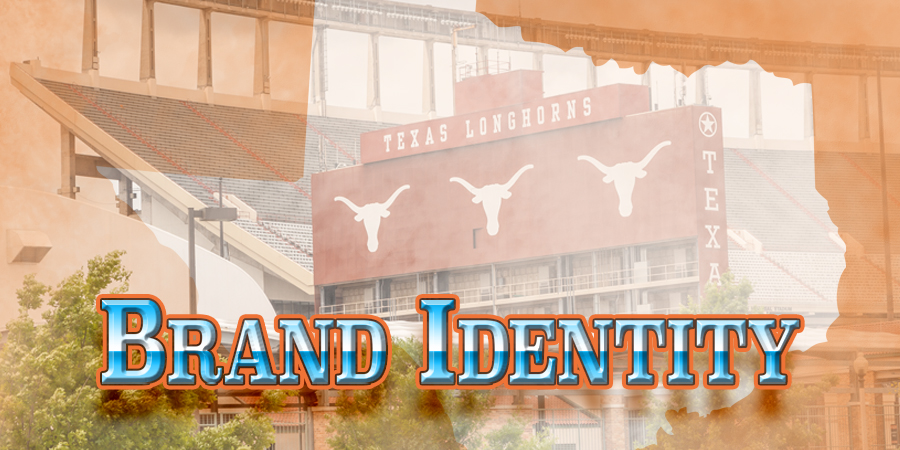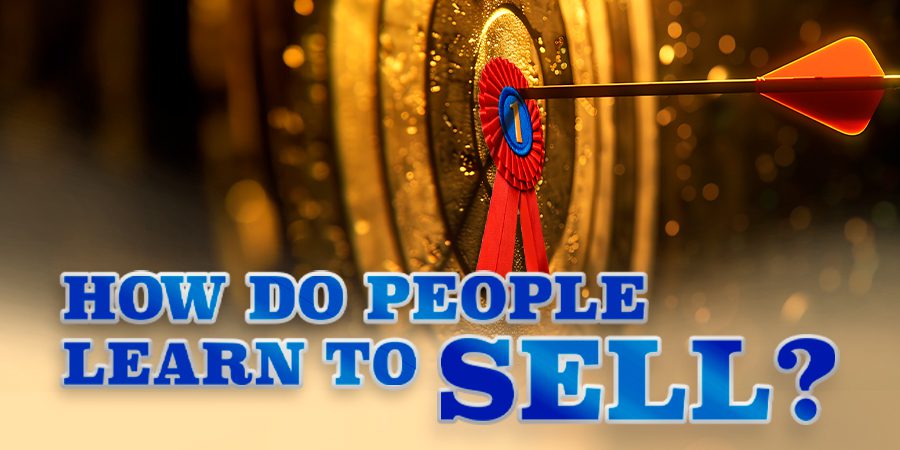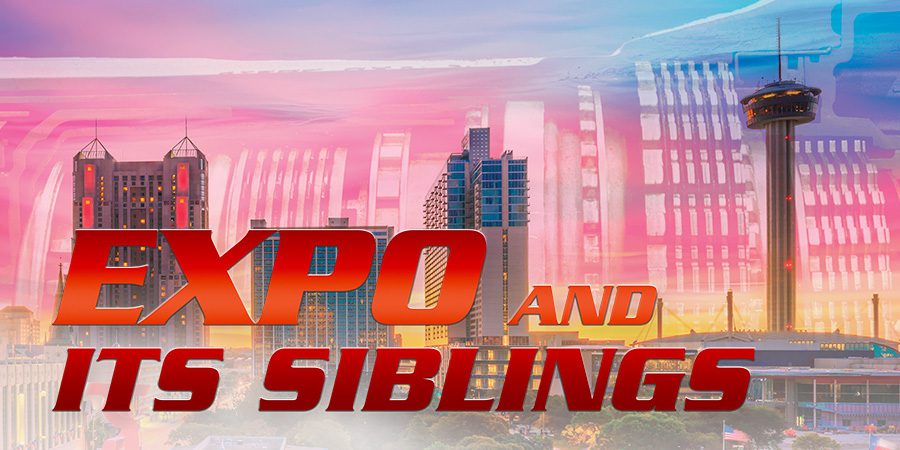Last year, I moved from Thousand Oaks, California to Austin, Texas. Of course, Austin is the home of the University of Texas. The school’s Brand Identity is composed of the Longhorn Mascot, its orange and white school colors, several logos, and “Hook ’em Horns,” accompanied by its raised forefinger and pinky finger hand signal.
When you live in cattle county, “branding” can refer to something else altogether. Out of curiosity, I searched the history of branding. Branding goes back centuries, evolving into an art that’s an essential part of building successful businesses and their marketing strategies.
Interestingly, “brand” is derived from a Scandinavian word, meaning “to burn.” Branding cattle proved ownership back in the 1500s – long before the Texas cattle drives. Of course, the practice of branding cattle continues today.
So, from its very inception, branding was all about making your mark, literally and figuratively. The proven tests of cattle brands were simplicity, distinctiveness, identifiability, and memorability. These same ideas applied historically through the industrial revolution and still today when creating company names, logos, and slogans.
The 20th century spawned several great companies like Coca-Cola, Colgate, Ford, and many more. These companies were the first of their kind, making them instant industry leaders. However, those that followed had to make their marks through print advertising – newspapers, magazines, and catalogs. Print provided space to use words, logos, and pictures to differentiate themselves. The ads weren’t clever or catchy as much as they were about what their products did and how they worked.
Beginning in the 1920s, Radio provided a new medium, and by the 1950s, television was added. Many early radio and television programs were sponsored totally by one advertiser, and they co-branded the shows with the product embedded within the scripts with the stars using them.
By the 1960s, the magnitude of advertisers ushered in a new advertising style. Competitors utilized more creative ways to differentiate themselves with stories and emotional messages, usually within only 15 to 30 seconds. They had to understand their customers and tap into their wants and needs. Branding had gone from informational to intimate. Even logos and slogans were designed to be warmer and fuzzier.
Today, we’re far beyond basic branding. TV and radio advertising still trumps print, but social media advertising outperforms all. Advertisers have more power and target specific demographics that are data and demand driven. There’s no shortage of ways to increase brand awareness. However, auto repair shops must capitalize on the person-to-person experience in our bricks-and-mortar facilities while utilizing the newest technological marketing capabilities.
Since you’re reading this, you’ve most likely settled on your company name, logo and have significantly invested in your slogan and Brand Identity. The good news is that it’s never too late to improve it in this fast-paced marketing environment. You can even consider simultaneously rebranding while still operating under your existing brand. For instance, many writers rerelease books under new titles and return to the “Best Sellers List.”
With that said, you should consider these questions. Did you select a business name because it communicates what you do or used to do and how well? Is it still relevant today? Did you choose something cool and clever that just made you feel good? When you choose a brand that holds no meaning or benefit for people, it takes a long time and lots of money getting them to understand it. Ask the folks at Amazon, Google, and Yahoo how many millions of dollars they spent before people understood what they do. For every success like those, thousands of now-defunct businesses chose the wrong brand name.
Apply this same thinking to your company’s reputation and image. How do you want to be known? Do you want people to think you are tough, cool, trendy, intelligent, caring, woke, or what? How are they likely to respond to that reputation? Be genuine, show people how you can help them, and don’t try to be seen as something else. It’s never too late to change and improve your Brand Identity.















